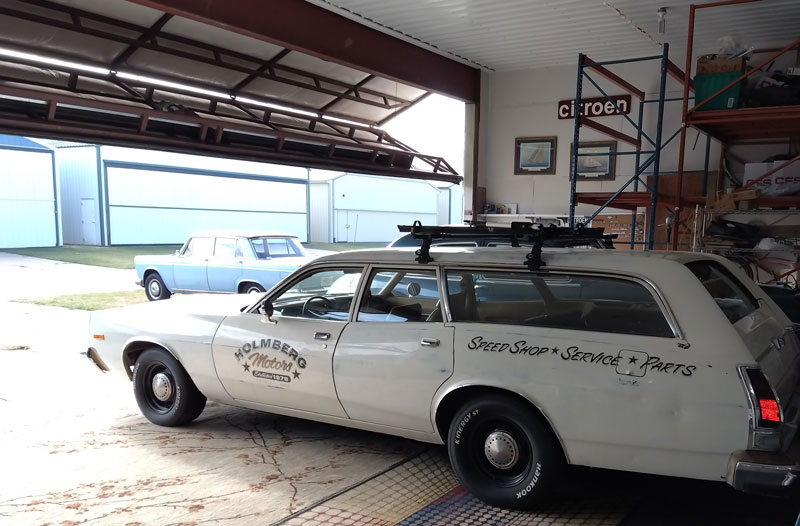-By Eric Fantin-
This time of the year for the upper-midwest, collector-car crowd is a bittersweet moment. I finished the last little repairs on a 2CV for a club member for the season, (ignition issues). Now the summer rides must be put away safe and sound for the long Minnesota winters, away from the salty roads and subzero temperatures. A few brave souls will drive a vintage car throughout the whole year. I remember seeing a brave fellow driving an early 60’s Dodge ½ ton pickup every day to work but in general, it is moth ball time.

For those with garages/sheds/pole building and the like, cars will be tucked away, batteries removed or on a trickle charger, tires inflated, some protection from rodents in the inside, car cover maybe. On the mechanical front, we have many options. Most people leave the vehicle as it is, with fresh gas in the tank and hope for the best. There are many opinions on what to do if one wants to go further: drain the gas from the carbureted cars, oil change before storage, put the car on blocks and more. The main enemy of storing is condensation and too much humidity.
If one stores a vehicle in cold storage: I would change the oil, drain the gas out the carburetor, and remove the battery.
If the storage is heated (a better alternative): I might do nothing more than a trickle charger on the battery. It’s kind of a personal decision how you feel about your precious steeds.
As an example, my decision is based on the kind of car that is being stored. My 1948 Buick Roadmaster, Dodge Monaco wagon, and Volvo 145 will be left as is with a trickle charger and a car cover as they are stored in a heated location and so far rodents have not been an issue (last famous words!!)
The 1960 Fiat however will get an oil change prior storage mostly because the engine is weak and tired and fresh oil is easy to do.

That brings the whole issue of car collecting in perspective in Minnesota. It is hard to do if no storage solutions are available. Some of us take advantage of heated garages/shop to catch up on some winter projects, so the hobby is dependent on the ability to find space for the cars when needed.
In my case that factor has always determined the fleet size and what to keep versus what to sell. Foreign cars in general will take less real estate than domestic cars. Think how much is needed to store my 1948 Buick Roadmaster versus a Citroen 2CV or an MGB.
One of the problems is width. Vintage American cars are usually quite wide whereas vintage import cars are usual narrow. A standard American sedan from the 60’s will seat 6 comfortably as opposed to a European sedan might squeeze 5 at the most and in general 4. The Buick Roadmaster is 79” wide and the Fiat is 64” wide. This does not sound like much, but in my garage, I can easily park 3 European cars and have room around. It would be impossible with domestic cars. Space, especially in a metro area, is at a premium which will affect my buying decision always… until next spring!
Have a question or comment for Eric? He can be reached at: straigh8@gmail.com

